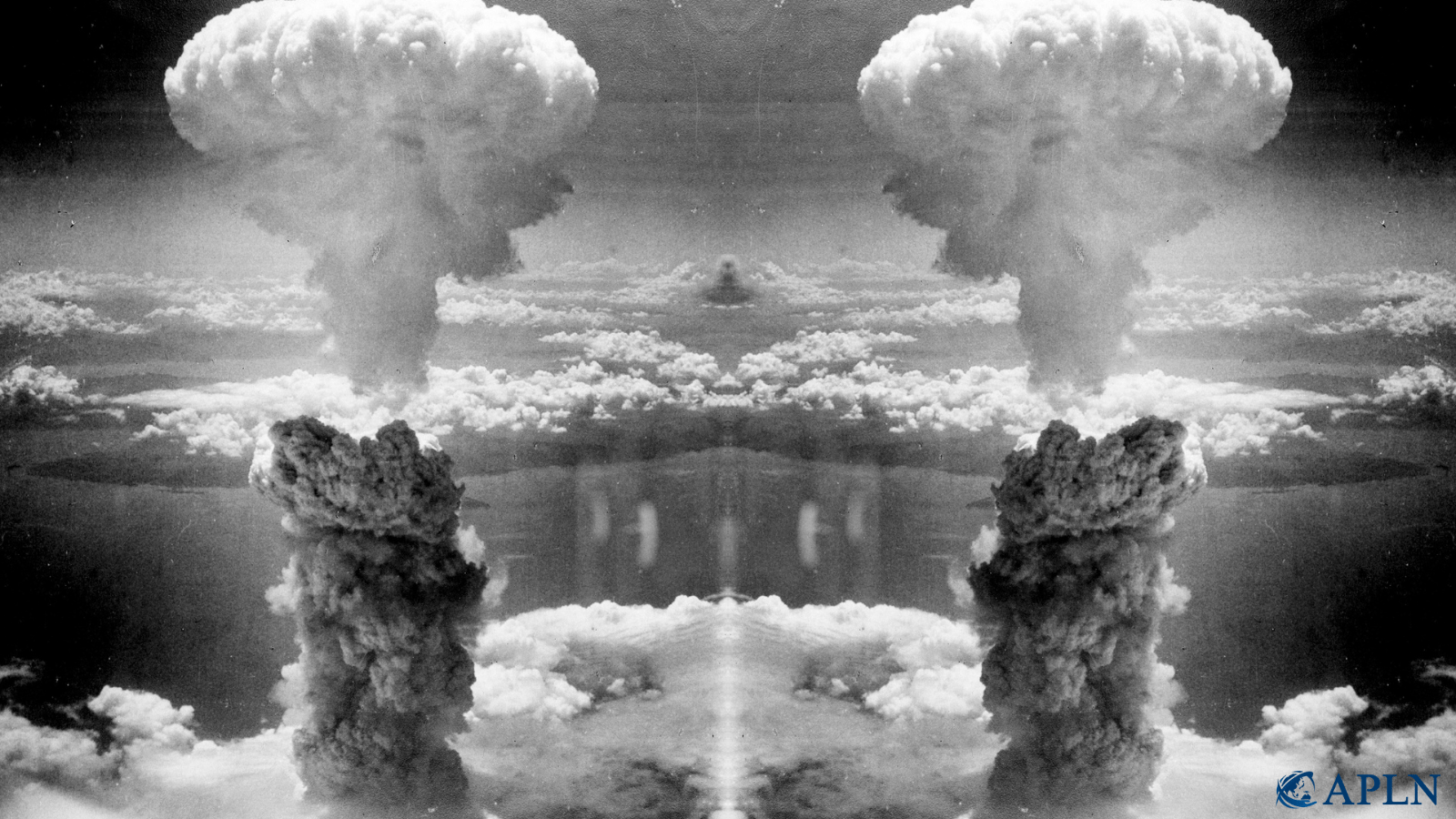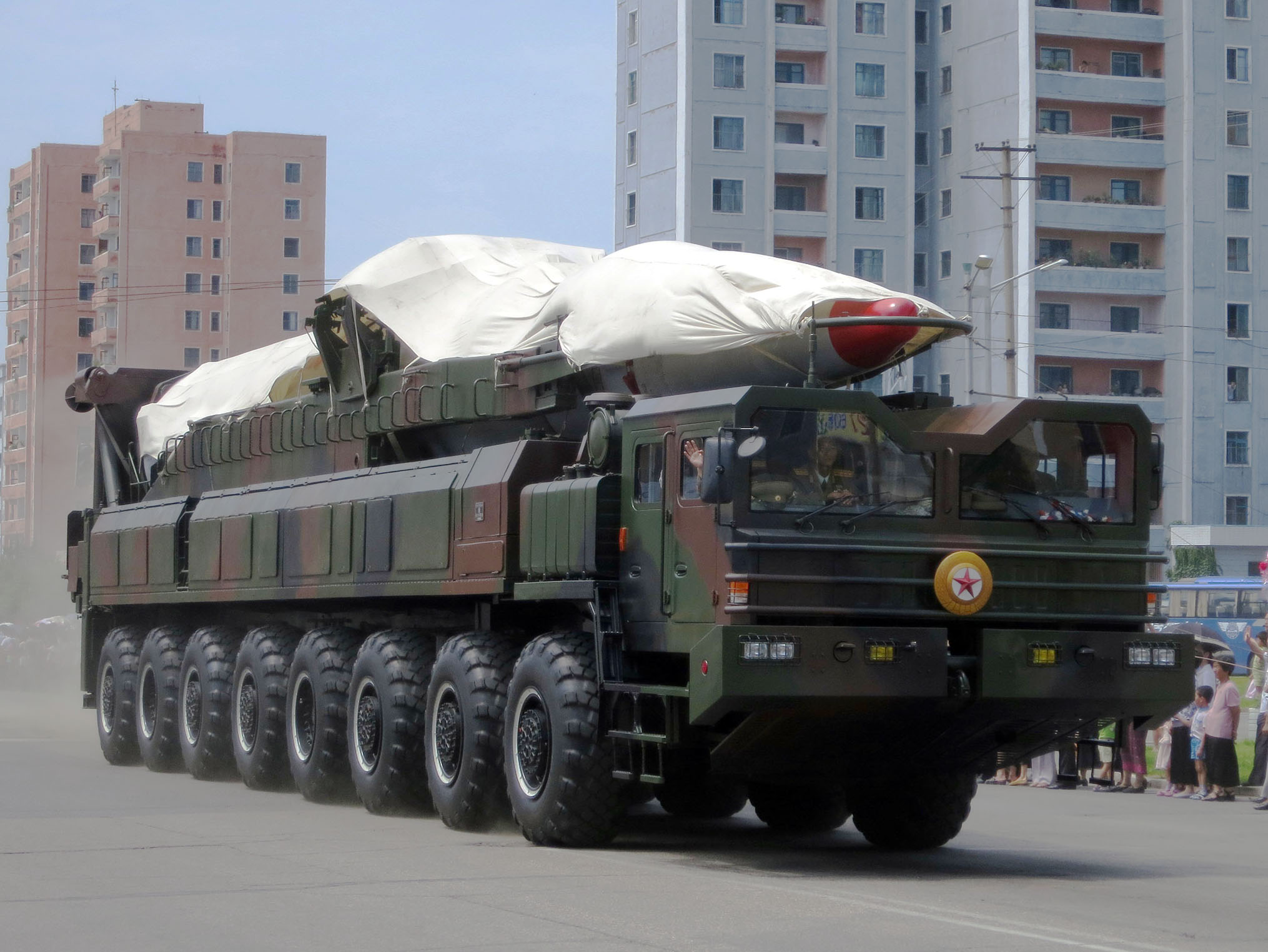China and the Postponed NPT Review Conference
The upcoming NPT Review Conference (RevCon) is set to be tense. Postponed to August 2021 (and possibly later) due to the coronavirus pandemic, the conference faces a combination of high expectations and skepticism. The last five years have seen a rising awareness of nuclear risks but also reservations about the ability of existing structures to deliver progress on nuclear nonproliferation, arms control and disarmament. While the United States and Russia have extended New START, voices are calling for bolder steps on arms control, including a role for China.
Yet, in discussions surrounding the RevCon, China’s position is seldom analyzed. In this piece, we use Chinese (and Chinese-language) sources to assess what we can expect from China when the postponed conference finally takes place.
China’s nuclear posture
China’s nuclear policy is built on unconditional no first use (NFU) of nuclear weapons, and minimal deterrence. The Federation of American Scientists (FAS) estimates that China has approximately 350 nuclear warheads. Estimates vary because Beijing does not release detailed reports of its nuclear arsenal. Since China first acquired a nuclear capability in the 1950s, it has regarded nuclear weapons as a strategic necessity, with Deng Xiaoping stating that “China will be bullied if it has [no nuclear weapons].” Since the 1990s China has professed a desire to bridge technological gaps so as to not be caught off-guard by the technological advances of its adversaries. According to the US Department of Defense (DoD), it has done so through “military-civilian fusion” – a conscious attempt to fuse defence and civilian technological bases and industries. This assessment is confirmed by China’s National Defence Technology and Industry Administration.
China in the run-up to the 2020 NPT RevCon
In the run-up to the 2020 NPT RevCon, China hosted an official meeting of the permanent members of the Security Council (China, France, Russia, the UK and US, known as the P5) in Beijing. According to the Chairman of the meeting, Zhang Jun, the P5 states reaffirmed three key elements of the NPT: sharing special responsibility for international peace and security, reaffirmation of their commitment to the NPT and opposition to the Treaty on the Prohibition of Nuclear Weapons (TPNW), and continuing cooperation through dialogue and coordination. The Chinese foreign ministry has lauded this event, as well as China’s successful leadership in the nuclear terminology working group, as examples of successful initiatives within the NPT framework. While China joined the P5 Joint Statement criticizing the TPNW, the foreign ministry’s spokesperson Hua Chunying stated that China “understands the wishes and demands of [non-nuclear weapon states],” and that its desire to eliminate nuclear weapons “is not contrary to the TPNW.” This view is in line with China’s long-standing policy, which underlines the relative strategic obsoleteness of nuclear deterrence.
China believes the process of nuclear disarmament must not endanger global strategic stability, and as such promotes disarmament via established legal frameworks. In a working paper submitted to the 2019 NPT PrepCom, China repeatedly professed a desire to safeguard the authority of the NPT regime and called on all nuclear-armed states to commit to unconditional NFU doctrines. It placed a “special and primary” responsibility on countries with the most nuclear weapons to make reductions in their arsenals. However as China’s own military doctrine has shifted away from emphasizing a protracted people’s war and toward winning localised information wars, it might shed its modest nuclear posture, and rethink what qualifies as “minimal” deterrence. Developments since the last NPT RevCon in 2015 are accelerating this shift, including skirmishes on China’s border with India, tensions between China and Vietnam, Malaysia, and the United States in the South China Sea, and Beijing’s public reaffirmation of its commitment to the “inevitable” reunification of China.
China’s interests at the 2020 RevCon
So what do NPT observers need to understand about how China conceptualizes its nuclear ambitions in advance of the upcoming NPT? Two things: first, China is positioning itself to be a key facilitator on issues related to the peaceful uses of nuclear energy, a shared nuclear glossary of nuclear terminology, and a pathway to P5 engagement with the Bangkok Treaty (the treaty that establishes a nuclear-weapon free zone in Southeast Asia). Second, China’s military modernization is not going to slow down anytime soon and is reflected in its nuclear strategy.
In 2016, China bought 90 seconds of airtime to run a commercial in Times Square. It used the time to showcase a propaganda film on the strides China has made in the field of nuclear safety. Notably it emphasized the Nuclear Security Technology Centre it built in conjunction with the United States. This propaganda is reflective of China’s desire to be perceived first and foremost as a champion of the peaceful uses of nuclear energy. The chief designer of the Hualong One – a third-generation nuclear power reactor – indicated his desire to share this technology with the world. China’s successful leadership in the nuclear glossary working group and the coordination it has provided in the P5’s efforts to become party to the Bangkok Treaty are some of the clearest examples of progress at the NPT.
China is also eager to portray itself as being cooperative and serious about the disarmament obligations enshrined in NPT Article VI. However, the positive statements made by state officials regarding China’s commitment to “a shared future for mankind” are at odds with current events. Beijing’s once-modest nuclear posture is teetering, threatening to tip over into a more aggressive posture. China used to criticize other countries for possessing launch-on-warning postures and tactical nuclear weapons. However, at present China is poised to embrace both. The DoD’s ‘China Military Power Report’ states that the PLA is now moving toward a “launch-on-warning” posture. This is echoed by mainstream commentators, including Global Times Editor Hu Xijin, who is clamoring for China to increase its nuclear arsenal and its technological capacity. Beijing is shifting its launch capabilities away from heavy reliance on land-based weapons to alternative delivery vehicles.
Maintaining a robust nuclear arsenal was not feasible during the PRC’s early nuclear development. However, as the nuclear capabilities of adversaries increase, China feels it must improve its own capabilities. Writing for the China National Defense News, Yang Xin raised concerns about US technological innovations in artificial intelligence and satellite-transmitted data, stating that such innovations are a “game changer” as they are able to penetrate an opponent’s depth of field. According to Chinese analysts and officials, simply amassing nuclear warheads against such innovations “is actually useless”. Instead, China has sought to develop warning and interception capabilities as well as hypersonics. An article published in the Chinese language Aerodynamics Missile Journal (飞航导弹) by Lin Xubin and Ge Yuetao state that China is “striving to develop offensive hypersonic weapons systems.” The discussions about the link between emerging technologies and nuclear strategy is therefore an area where China has a lot at stake.
Chinese interests at the 2020 NPT RevCon are therefore shaped by three factors: the desire to portray itself as a champion of peaceful uses, the putative disdain for nuclear deterrence, but also disinterest in advancing any regulation of emerging technology in the strategic sphere. While a more constructive role would be extremely welcome, is not clear that China is ready to take a more proactive part in NPT discussions, or to expose itself to the inevitable political flak that that entails.
About the Author
Marin Lucic is a research intern at Governing Future Security project at the Erasmus University Rotterdam’s Global Social Challenges pillar.
Michal Onderco is an Associate Professor at Erasmus University Rotterdam and head of the Governing Future Security project.
Disclaimer: The opinions articulated above represent the views of the author(s) and do not necessarily reflect the position of the Asia Pacific Leadership Network or any of its members. The APLN’s website is a source of authoritative research and analysis and serves as a platform for debate and discussion among our senior network members, experts and practitioners, as well as the next generation of policymakers, analysts and advocates. Comments and responses can be emailed to apln@apln.network.




